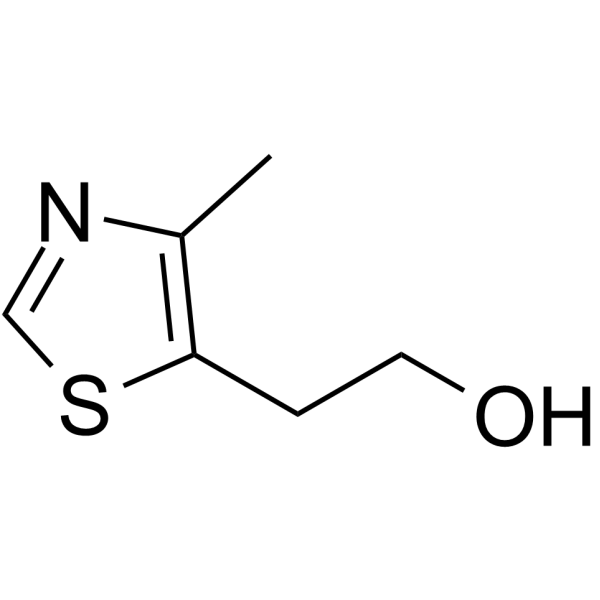Thiamine requirement of Eikenella corrodens.
N L Robertson, K C Keudell
Index: Microbios 63(255) , 117-25, (1990)
Full Text: HTML
Abstract
The thiamine requirement for growth of Eikenella corrodens was investigated. Autoclaved thiamine at a concentration of 1.0 microgram/ml supported maximal growth whereas for the same growth, filter-sterilized thiamine was required at 50-100 micrograms/ml. Studies with two thiamine degradation products, 2-methyl-4-amino-5-hydroxymethylpyrimidine and 4-methyl-5-(B-hydroxyethyl) thiazole, indicated that selected strains grew poorly or not at all in the presence of either moiety alone. However, the two moieties at a combined concentration of 0.02 microgram/ml supported growth equivalent to that of 1.0 microgram/ml of autoclaved thiamine. The requirement for a high concentration of filter-sterilized thiamine may reflect a faulty thiamine uptake apparatus and the observed growth response may be due to the presence of the moieties in the commercial thiamine preparation.
Related Compounds
| Structure | Name/CAS No. | Molecular Formula | Articles |
|---|---|---|---|
 |
Sulfurol
CAS:137-00-8 |
C6H9NOS |
|
Metabolomic profiling of Burkholderia pseudomallei using UHP...
2015-01-01 [Cell Biosci. 5 , 26, (2015)] |
|
Synthesis and odor evaluation of five new sulfur-containing ...
2010-08-01 [Molecules 15(8) , 5104-11, (2010)] |
|
Characterization of thiI, a new gene involved in thiazole bi...
1997-07-01 [J. Bacteriol. 179(13) , 4399-402, (1997)] |
|
Transport of thiamine and 4-methyl-5-hydroxyethylthiazole by...
1983-11-23 [Biochim. Biophys. Acta 735(3) , 331-6, (1983)] |
|
A positive regulatory gene, THI3, is required for thiamine m...
1992-07-01 [J. Bacteriol. 174(14) , 4701-6, (1992)] |